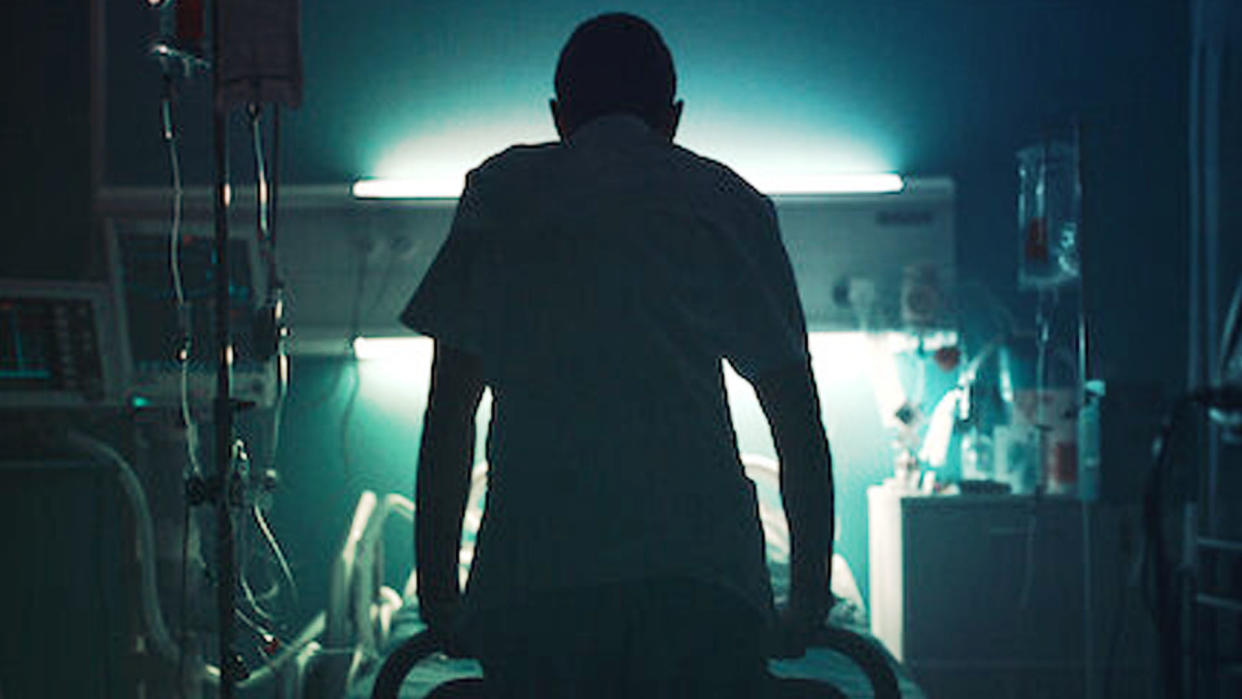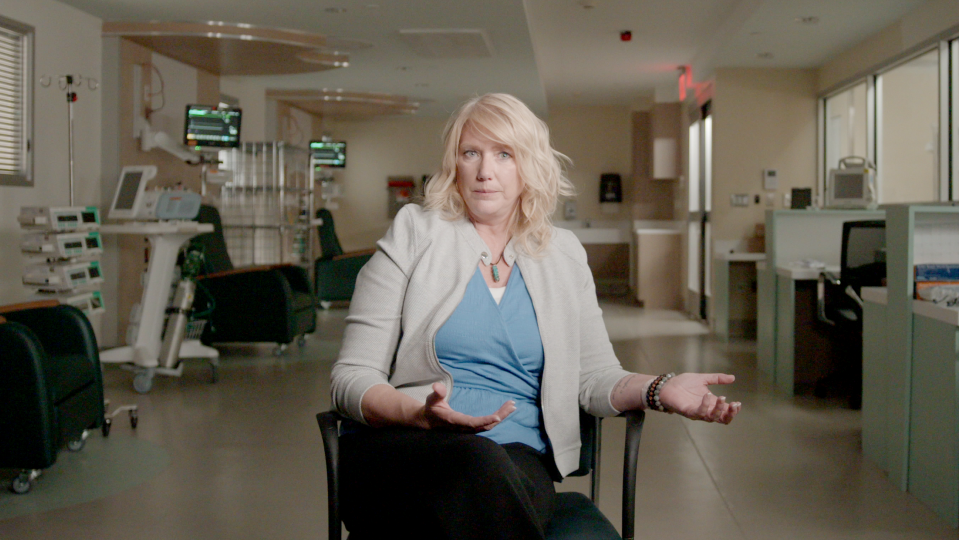‘Capturing the Killer Nurse’ Review: Just Go Watch Netflix’s Other Murderous Nurse Movie Instead

These days, Netflix is all in on the serial killer beat, thanks to myriad offerings on the twisted subject, from Ryan Murphy’s massively successful Jeffrey Dahmer miniseries to Tobias Lindholm’s recent chilly drama “The Good Nurse.” Never one to waste an opportunity to keep its audience’s rapt attention, Murphy’s initial one-off is now set for the anthology treatment (which will explore various titular “monsters” through history), while Lindholm’s fact-based feature is followed by a flimsy documentary about murderous nurse Charles Cullen.
— particularly when interested parties can watch Lindholm’s far superior dramatization of the same material. The Cullen case is ripe for exploration, though, what with the convicted murderer believed to potentially be America’s most prolific serial killer. He’s currently incarcerated for 11 back-to-back lifetime sentences with 29 confirmed victims and possibly 400 overall. That Cullen never fully atoned or explained his crimes — committed while working as a nurse at various hospitals over many years — only adds to the movie-ready quality of his horrible story.
More from IndieWire
New Movies: Release Calendar for November 11, Plus Where to Watch the Latest Films
'Dylan & Zoey' Review: Friendship Runs Deeper Than Trauma in Talky Dramedy
Like Lindholm’s film, Hawkins’ relies on a wealth of material from author Charles Graeber, who wrote “The Good Nurse” and is widely viewed as our best authority on Cullen. The general parameters of documentary filmmaking allow Hawkins to more literally use some of those materials — most notably, “Capturing the Killer Nurse” includes snippets from Graeber’s hundred of hours of taped interviews with Cullen — though the immediacy of these elements doesn’t much help the story feel more coherent or factual than Lindholm’s drama.
While “The Good Nurse” zeroes in on the complicated relationship between Cullen and fellow nurse Amy Loughren (played in Lindholm’s film by Jessica Chastain, and on tap as a talking head herself for Hawkins), “Capturing the Killer Nurse” is mainly concerned with the days and weeks leading up to Cullen’s eventual arrest and the various figures that played a part in said “capture.” Despite plenty of overlap in terms of events and key figures, Hawkins’ film feels much less straightforward than its dramatized cousin. The film’s timeline (again, meant to cover a very precise period) routinely slides back and forth, with zippy graphics and intertitles doing little to help focus the actual tick-tock of events.
Shadowy recreations loom large — a darkened figure slides behind curtains, a hand reaches out to inject something into a still patient, a needle glides into an IV bag — a chintzy way to fill time that also reads as terribly salacious. Keep the captions on, and you’ll notice that most scenes are dominated by notes that “[ominous music intensifies].” It’s the kind of thing viewers would expect to see in a down-market weekly news magazine series, not a glossy Netflix documentary. It looks cheap, and it feels worse.

Courtesy of Netflix
Hawkins has at least assembled a solid array of talking heads, including Loughren, another fellow nurse, family members of some of Cullen’s victims, and the two detectives (Danny Baldwin and Tim Braun) who helped crack the case. Good choices, all, but Hawkins further muddles his story by repeated inclusion of phone calls made to a local poison control center that seem to have (somehow?) played a pivotal part in bringing Cullen to justice, though you’ll never learn exactly how in “Capturing the Killer Nurse.” More filler, more confusion.
The same concept could apply to Hawkins’ choice to limply try to explain why Cullen committed so many murders. (Pause to remind readers that Cullen himself never provided much of a reason, and neither does Lindholm’s narrative feature.) Hawkins and co-writer Robin Ockleford use scattered recorded bits from Cullen to piece together a theory that he killed his patients out of a misguided belief he was saving them from further suffering. Loughren repeatedly dispels that idea throughout her poignant (and underutilized) appearances in the film.
If nothing else, “Capturing the Killer Nurse” should inspire its viewers, eager for both more information and more nuance, to seek out Lindholm’s film. Fortunately, even in the seemingly endless maw of Netflix content, that better version is just a single click away.
Grade: C-
“Capturing the Killer Nurse” starts streaming on Netflix on Friday, November 11.
Best of IndieWire
New Movies: Release Calendar for November 11, Plus Where to Watch the Latest Films
Quentin Tarantino's Favorite Movies: 45 Films the Director Wants You to See
23 Controversial Film and TV Book Adaptations That Rankled Their Audiences and Authors
Sign up for Indiewire's Newsletter. For the latest news, follow us on Facebook, Twitter, and Instagram.

